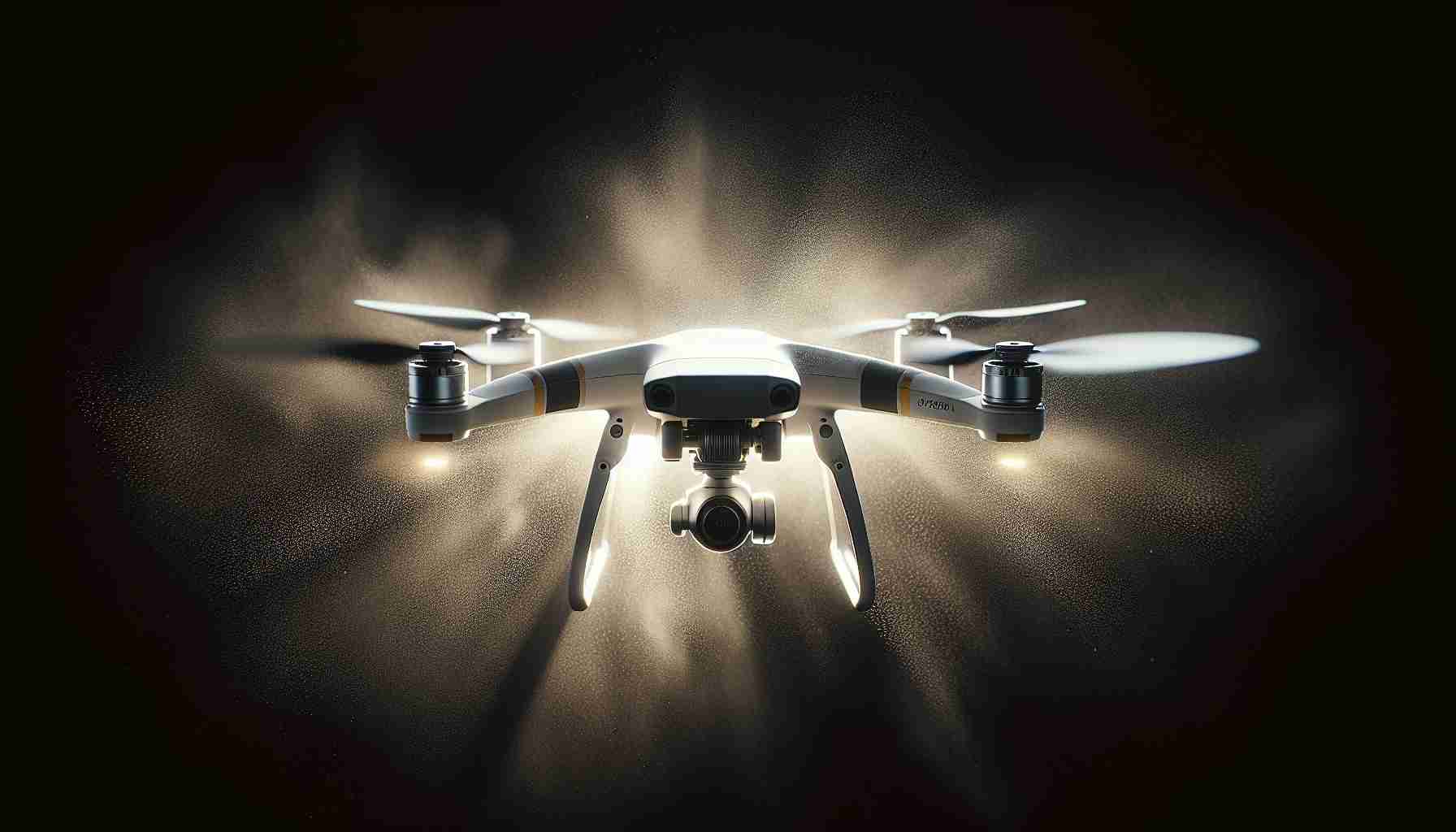As we venture into late 2024, the aurora borealis is set to dazzle viewers once again. With the sun reaching its solar maximum, the chances of witnessing this natural spectacle are heightened. A recent solar flare is poised to unleash a stunning light show, potentially visible tonight, November 9.
According to the experts at the National Oceanic and Atmospheric Administration (NOAA), the auroras could illuminate the skies across several northern states. Residents in places like Idaho, Michigan, Minnesota, Montana, North Dakota, South Dakota, Washington, and Wisconsin are in for a treat, with some luck also expected for Maine, Vermont, and New Hampshire.
This particular aurora is the result of a geomagnetic disturbance triggered by a coronal mass ejection detected earlier in the week. Although the storm’s intensity is categorized as G1 to G2, which reflects a lower activity level, it still presents a chance for a captivating display further south than usual.
The recent solar activity included an M3-class flare, which, although weaker than larger flares, is still significant enough to impact auroral visibility. For those hoping to experience this phenomenon, it’s advisable to find a dark location away from city lights and to gaze toward the northern horizon for the best chance of viewing.
So grab your warm clothes, head outside, and look up—you might just be treated to a breathtaking show of the northern lights!
Chasing the Northern Lights: More Than Just a Dazzling Show
The aurora borealis, or northern lights, is not just a captivating natural phenomenon but also a significant cultural and economic factor for communities in the northern regions of the world. In recent years, there has been a surge in tourism surrounding the auroras, which has both positive and negative implications for local populations.
Tourism Boost vs. Environmental Challenges
The increased visibility of the auroras during solar maximum periods has led to a flourishing tourism industry in areas famous for their northern lights. Towns like Fairbanks in Alaska and Yellowknife in Canada have capitalized on this phenomenon, offering aurora-chasing tours and packages that attract thousands of visitors each year. This helps to generate revenue and create jobs in remote communities, fostering local businesses and boosting the economy.
However, this influx of tourists can also lead to challenges. Overcrowding and environmental degradation are significant issues, as natural habitats may be disturbed and local infrastructure strained. Concerns about waste management and pollution rise as more visitors descend upon these regions, putting pressure on local ecosystems that are already fragile due to climate change.
Cultural Heritage and Scientific Research
The auroras hold deep cultural significance for indigenous peoples in the Arctic regions, such as the Sámi in Scandinavia and different Native American tribes in North America. Many communities incorporate the northern lights into their folklore, spirituality, and art. This connection is increasingly recognized as tourism grows, with visitors eager to engage with indigenous cultures.
However, there are ongoing debates about how tourism affects these cultures. Some argue that commercialization can dilute the cultural significance of the auroras for indigenous peoples, leading to commodification of their traditions.
On a scientific level, the study of the aurora borealis provides valuable insights into the Earth’s magnetosphere and solar activity. Understanding these phenomena helps predict space weather, which can have serious implications for satellite communications and power grids on Earth.
Questions and Answers
Why do auroras occur more frequently during solar maximum periods?
Auroras are more common during solar maximum due to increased solar activity. This results in more coronal mass ejections that interact with the Earth’s magnetosphere, creating the conditions necessary for auroras to form.
What can individuals do to minimize their impact when viewing the auroras?
To minimize environmental impact, individuals can opt for eco-friendly tours, respect designated viewing areas, and avoid littering. Supporting local businesses that promote sustainability is also an excellent way to enjoy the experience while protecting the environment.
Is there a risk of solar flares affecting technology on Earth during these events?
Yes, strong solar flares can disrupt satellite communications, power grids, and even GPS systems. The potential for geomagnetic storms increases during periods of heightened solar activity, making it crucial for monitoring agencies to be vigilant.
Conclusion
The aurora borealis is truly a multifaceted phenomenon that transcends mere visual spectacle. Its influence extends into economics, culture, and science, prompting discussions about sustainability, cultural preservation, and technological impacts. As communities harness the allure of the northern lights for tourism, finding a balance between enjoyment and responsibility remains essential for the health of the environment and the preservation of cultural identities.
For more on the science and impact of auroras, visit NOAA.












